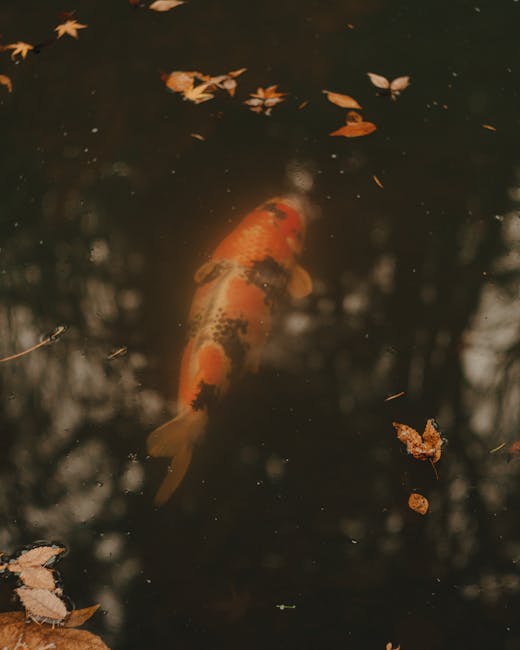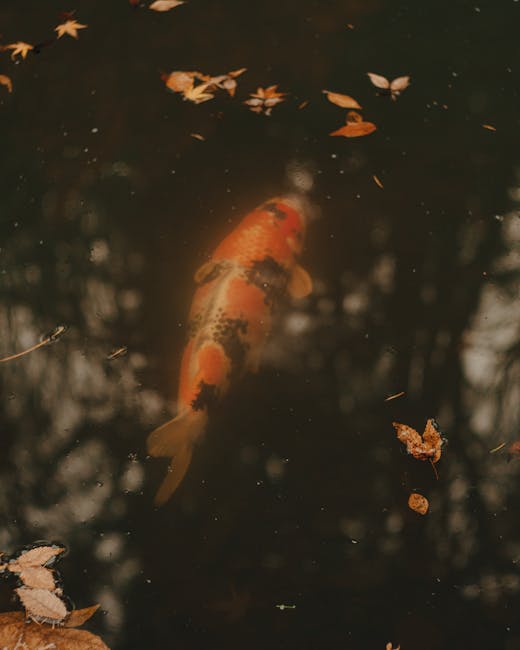Oregon’s Official State Fish: Unveiling the History of the Chinook Salmon Since 1961
Oregon’s Official State Fish: Unveiling the History of the Chinook Salmon Since 1961
In 1961, Oregon officially designated a majestic creature as its state fish, a symbol of the state’s rich natural heritage and its vital connection to the Pacific Ocean. But which magnificent fish earned this prestigious title? The answer is the Chinook Salmon (Oncorhynchus tschawytscha), also known as the King Salmon, a truly iconic species that holds a significant place in Oregon’s history, culture, and economy.
A Look at the Chinook Salmon: More Than Just a State Symbol
The Chinook Salmon, the largest species of Pacific salmon, is a remarkable creature. Its impressive size, powerful physique, and impressive life cycle have captivated people for centuries. These magnificent fish can grow to weigh over 100 pounds and reach lengths exceeding 5 feet. Their silvery scales gleam in the sun as they journey from their freshwater birthplaces to the vast expanse of the ocean, before returning to spawn in the same rivers where they were born.

This incredible life cycle is a testament to the salmon’s remarkable resilience and instinct. The journey upstream is fraught with danger, requiring immense strength and determination. The Chinook’s spawning process is equally arduous, with females diligently constructing nests and depositing their eggs, while males fiercely protect their territory. This extraordinary biological feat has cemented the Chinook’s status as a symbol of perseverance and the cyclical nature of life.
Economic Significance of the Chinook Salmon
Beyond its ecological importance, the Chinook Salmon has played, and continues to play, a vital role in Oregon’s economy. The commercial fishing industry relies heavily on the sustainable harvesting of Chinook Salmon, providing jobs and revenue for numerous communities along Oregon’s coast. Sport fishing for Chinook Salmon also contributes significantly to Oregon’s tourism sector, attracting anglers from across the country and around the world.
The economic impact of the Chinook extends beyond direct fishing activities. The processing and distribution of Chinook Salmon, including canning, smoking, and selling fresh fish, create numerous jobs and support businesses throughout Oregon. Furthermore, the popularity of Chinook Salmon as a culinary delicacy fuels restaurants and markets, further strengthening its economic contribution to the state.
Cultural Significance of the Chinook Salmon for Oregon
For Oregon’s indigenous tribes, the Chinook Salmon holds profound cultural and spiritual significance. For centuries, these tribes have relied on the salmon for sustenance, and it has been deeply woven into their traditions, ceremonies, and stories. The salmon’s abundance was essential to their survival and played a central role in shaping their social structures and belief systems.
The relationship between Oregon’s Native American communities and the Chinook Salmon is a complex and multifaceted one, spanning generations. Traditional fishing methods and knowledge have been passed down through generations, ensuring the continued connection between the tribes and this vital resource. The designation of the Chinook as the state fish recognizes the enduring importance of this species to Oregon’s indigenous heritage.

The 1961 Designation: A Milestone in Oregon’s History
The year 1961 marked a significant moment in the history of the Chinook Salmon’s relationship with the state of Oregon. It was in this year that the Oregon Legislature officially recognized the Chinook Salmon as the state fish. This decision was a testament to the fish’s ecological, economic, and cultural importance to Oregon.
The process leading up to the 1961 designation likely involved considerable debate and discussion within the legislature. Supporters of the Chinook Salmon undoubtedly emphasized its value as a natural resource, its contribution to the state’s economy, and its deep-rooted cultural significance. The eventual decision to adopt the Chinook as the state fish reflects the collective understanding of its vital role in Oregon’s identity.

Conservation Efforts and Challenges
Despite its status as the state fish, the Chinook Salmon faces numerous challenges, including habitat loss, pollution, and overfishing. These threats underscore the importance of ongoing conservation efforts to protect this iconic species and ensure its survival for future generations. Oregon has implemented various measures to conserve Chinook Salmon populations, including habitat restoration projects, regulations on fishing practices, and efforts to improve water quality.
These conservation initiatives are crucial to maintaining the health of Oregon’s rivers and ensuring the long-term viability of Chinook Salmon populations. The success of these efforts will depend on the continued collaboration between government agencies, scientists, conservation organizations, and local communities. The future of the Chinook Salmon, and the state’s rich natural heritage, rests on our collective commitment to its preservation.
Chinook Salmon in Oregon’s Culture Today
Even today, the Chinook Salmon continues to play a significant role in Oregon’s culture and identity. It’s depicted in artwork, featured in festivals, and celebrated in numerous ways. The fish remains a source of pride for Oregonians and a reminder of the state’s unique relationship with its natural resources. Many regional festivals and events celebrate the Chinook, showcasing its culinary significance and role in Oregon’s heritage.
The image of the Chinook Salmon continues to be a powerful symbol, representing not only the state’s natural beauty but also its resilience and determination. The designation as the state fish in 1961 was not just a formal acknowledgment but a recognition of its enduring legacy in the history of Oregon.
The Ongoing Legacy of the 1961 Designation
The 1961 designation of the Chinook Salmon as Oregon’s state fish remains a testament to its enduring importance to the state. It symbolizes the deep connection between Oregon and its natural environment, highlighting the significance of responsible stewardship and conservation efforts. The designation serves as a constant reminder of the ecological, economic, and cultural value of this magnificent creature.
Looking ahead, the challenge lies in balancing the economic benefits derived from the Chinook Salmon with the need for its long-term conservation. This requires a commitment to sustainable fishing practices, habitat restoration, and ongoing research to better understand the challenges faced by this iconic species. The future of the Chinook Salmon, and indeed, the future of Oregon’s natural heritage, relies on our continued dedication to its preservation and the wise management of this valuable resource.
In conclusion, the 1961 designation of the Chinook Salmon as Oregon’s state fish was a significant event that marked the recognition of its immense importance to the state’s identity. Its impact extends far beyond a symbolic gesture, highlighting the need for ongoing conservation and sustainable practices to ensure the continued prosperity of this magnificent fish and the rich natural heritage of Oregon.

